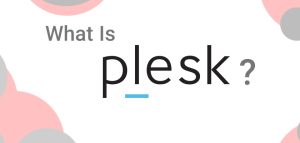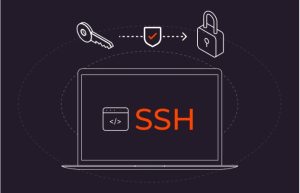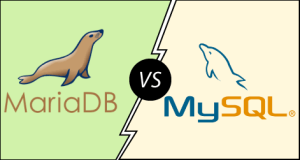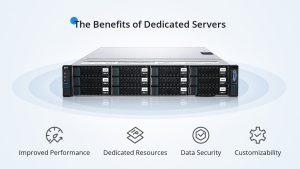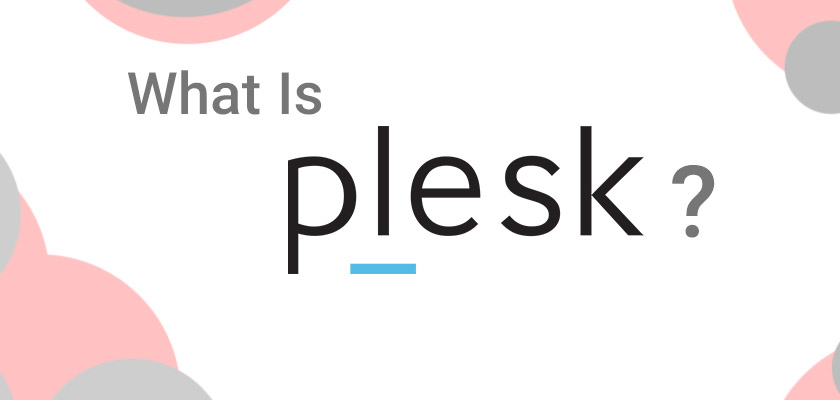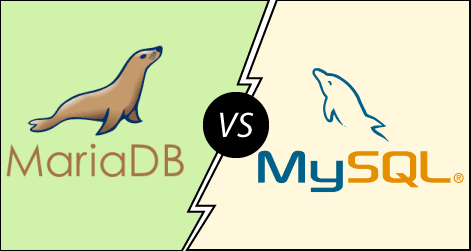Laravel application

Laravel application is a web application built using the Laravel framework, a popular open-source PHP framework. Laravel provides developers with tools and libraries that simplify tasks such as routing, authentication, database management, and session handling, making it easier to develop modern web applications.
Key Features of a Laravel Application:
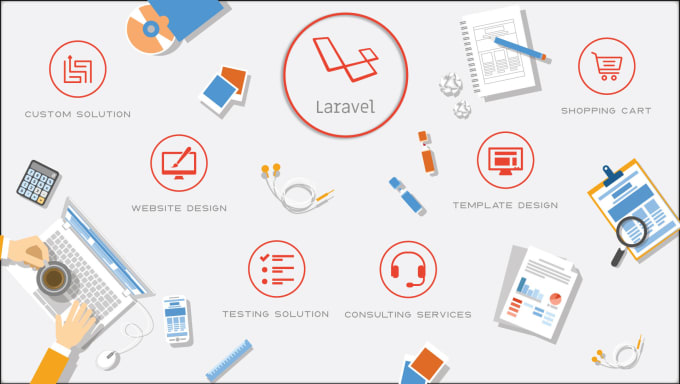
- MVC Architecture: Laravel follows the Model-View-Controller (MVC) architectural pattern, which separates the application logic into three components:
- Model: Manages the data and business logic.
- View: Handles the user interface and presentation.
- Controller: Manages the communication between the Model and View.
- Routing: Laravel provides a simple and expressive way to define web routes using a route file, making it easy to manage the URLs and their corresponding actions.
- Database Management (Eloquent ORM): Larvel includes Eloquent, its powerful Object-Relational Mapping (ORM) system, which allows developers to interact with databases using an easy-to-understand, object-oriented syntax instead of writing raw SQL queries.
- Blade Templating Engine: Larvel uses Blade, a lightweight templating engine, to allow developers to create dynamic views with reusable components, layouts, and conditional logic.
- Authentication and Authorization: Larvel provides built-in functionality for managing user authentication (login, registration, etc.) and authorization (role-based access control).
- Middleware: Larvel uses middleware to filter HTTP requests entering the application. Middleware can be used for tasks like authentication, logging, or modifying requests before they reach the application.
- Artisan Command Line Interface: Larvel includes a command-line tool called Artisan that helps automate common development tasks, such as database migrations, creating models, or running unit tests.
- Migrations and Seeders: Larvel provides a system for managing database migrations, which allows developers to easily create, modify, or rollback database tables. Seeders allow developers to populate the database with test data.
- Queues and Background Jobs: Larvel has a built-in queue system for handling time-consuming tasks like sending emails or processing file uploads in the background.
- Security: Larvel has many built-in security features like password hashing, protection against cross-site scripting (XSS), cross-site request forgery (CSRF), and SQL injection.
- RESTful APIs: Larvel makes it easy to build RESTful APIs for mobile or frontend applications with features like API authentication and tokenization using Laravel Passport or Sanctum.
Common Uses of a Laravel Application:
- Content Management Systems (CMS): Websites where content needs to be updated dynamically.
- E-commerce Websites: Online stores with complex inventory and order management systems.
- Web APIs: Backend systems for mobile or single-page applications (SPAs).
- Social Networks: Platforms with user profiles, posts, messaging, etc.
- SaaS Applications: Software-as-a-Service platforms providing services to users over the internet.
Laravel applications are versatile and can be used in a variety of domains. Here are some common applications of Laravel:
- Content Management Systems (CMS):
- Laravel is often used to build CMS platforms for websites where content can be easily managed, updated, and published by users without technical expertise.
- E-commerce Platforms:
- Laravel is widely used for building e-commerce websites with features like product catalogs, shopping carts, payment integration, and order management (e.g., online stores).
- Customer Relationship Management (CRM) Systems:
- CRM systems built with Laravel can help businesses manage customer data, track interactions, and streamline communication with clients.
- Enterprise Resource Planning (ERP) Systems:
- Laravel can be used to create ERP systems that manage internal business processes, such as inventory, sales, accounting, and HR.
- Social Networking Platforms:
- Developers can use Laravel to build social networks or community platforms, complete with features like user profiles, messaging, notifications, and content sharing.
- RESTful APIs:
- Laravel is commonly used to develop RESTful APIs that allow mobile apps or frontend clients to interact with server-side data securely and efficiently.
- SaaS Applications:
- Laravel’s flexibility makes it ideal for building Software-as-a-Service (SaaS) products, including tools for project management, collaboration, or analytics.
- Online Booking Systems:
- Laravel can be employed to build booking systems for various industries, such as hotel reservations, appointment scheduling, or ticket sales.
- Forum Platforms:
- Laravel is a popular choice for developing online forums with features like user threads, comments, moderation, and role-based access.
- Learning Management Systems (LMS):
- Laravel can be used to create LMS platforms for managing courses, quizzes, and learning materials, often used by educational institutions and training programs.
- Job Portals:
- Job boards or recruitment websites that allow employers to post job listings and candidates to apply can be developed using Laravel.
- Real Estate Platforms:
- Laravel can be used to build real estate listing websites that offer features like property listings, advanced search filters, and user accounts for agents and buyers.
Laravel’s vast ecosystem and powerful tools make it suitable for developing a wide range of web-based applications, from small projects to large enterprise solutions.
Advantages of Laravel Applications:
- MVC Architecture:
- Laravel follows the Model-View-Controller (MVC) pattern, which improves code organization and separation of concerns, making the application easier to maintain and scale.
- Elegant Syntax:
- Laravel has a clean, intuitive syntax that makes the development process more straightforward and enjoyable, reducing the time spent on coding and debugging.
- Built-in Authentication and Authorization:
- Laravel provides built-in systems for managing authentication and authorization, which simplifies the process of creating user logins, registration, and role-based access control.
- Eloquent ORM:
- Larvel’s Eloquent ORM (Object-Relational Mapping) makes it easy to work with databases using an expressive, object-oriented syntax, reducing the need for writing complex SQL queries.
- Blade Templating Engine:
- The Blade templating engine allows developers to create dynamic views easily and includes features like template inheritance and control structures, making front-end development more efficient.
- Artisan Command Line Tool:
- Laravel’s Artisan CLI (Command-Line Interface) automates repetitive tasks, such as migrations, database seeding, and scaffolding, helping speed up development.
- Comprehensive Ecosystem:
- Larvel comes with a rich ecosystem of tools and packages, such as Horizon for queue management, Passport for API authentication, and Forge for server management, allowing developers to add functionalities seamlessly.
- Security Features:
- Larvel provides many built-in security mechanisms like CSRF (Cross-Site Request Forgery) protection, password hashing, SQL injection prevention, and XSS (Cross-Site Scripting) protection.
- Active Community and Documentation:
- Larvel has a large, active community, offering extensive documentation, tutorials, and support that make it easier to find help and solve problems quickly.
- Scalability:
- With features like queues, caching, and cloud integration (such as with AWS), Laravel applications can scale easily as the application or user base grows.
Disadvantages of Laravel Applications:
- Performance:
- While Larvel is feature-rich, it can be slower compared to lighter PHP frameworks like Lumen or Slim, particularly when used for high-traffic or resource-intensive applications without optimization.
- Learning Curve:
- Although Larvel simplifies many processes, its extensive range of features, libraries, and tools can make it challenging for beginners to learn and fully utilize, especially if they are new to MVC architecture or modern PHP.
- Heavy on Resources:
- Larvel applications can be resource-intensive, especially if not optimized, which may require more powerful VPS hosting solutions and lead to higher costs for server resources.
- Frequent Updates:
- Larvel releases frequent updates, which can sometimes lead to compatibility issues with third-party packages, and may require developers to spend extra time on maintenance.
- Limited Support for Legacy Systems:
- Larvel is a modern PHP framework, and it might not be the best choice for integrating with older, legacy systems that use outdated technologies or databases.
- Requires Hosting Compatibility:
- Larvel applications require specific server configurations (PHP versions, Composer, etc.), so not all shared hosting environments are compatible without additional setup or the use of a VPS (Virtual Private Server).
- Heavier Front-end Development:
- While Larvel focuses on back-end development, it requires additional effort and expertise in front-end development tools and frameworks (like Vue.js, React, or Angular) for building modern, interactive UIs.
- Overhead for Small Projects:
- For very simple or small-scale applications, Larvel might be overkill, as its comprehensive features add complexity and development time where simpler solutions might suffice.


